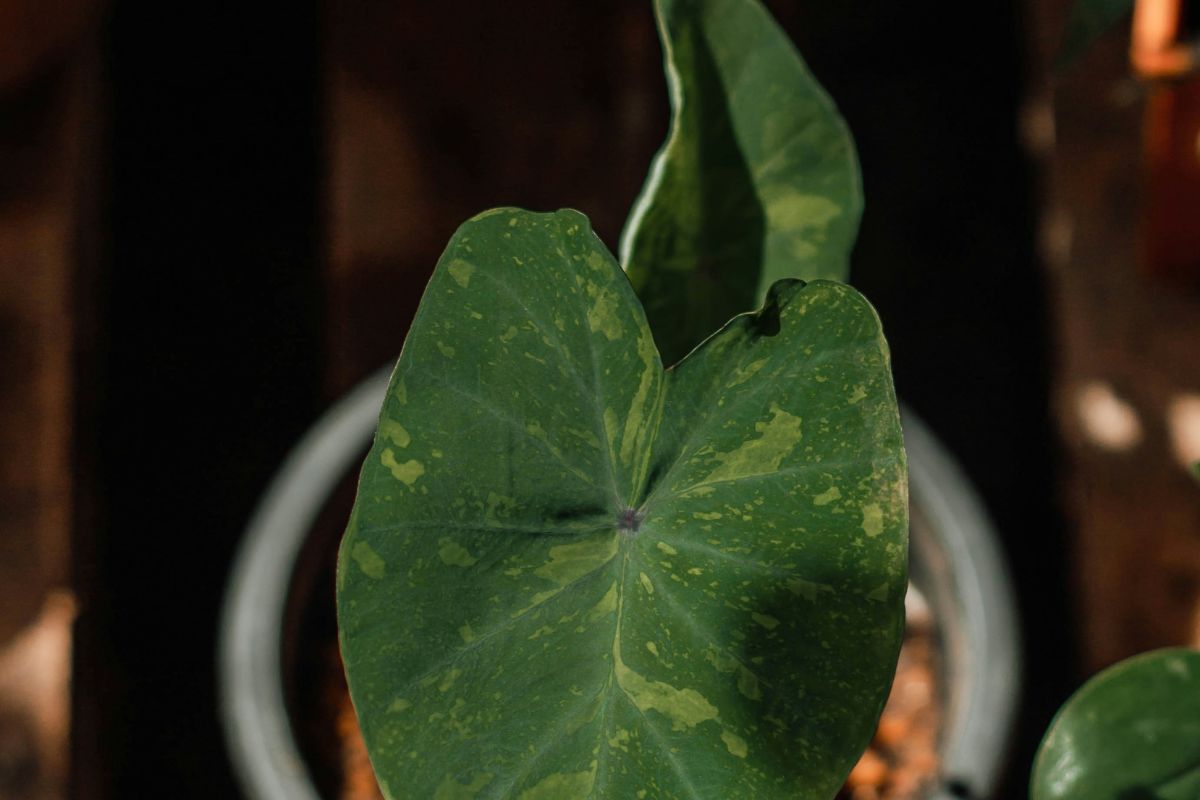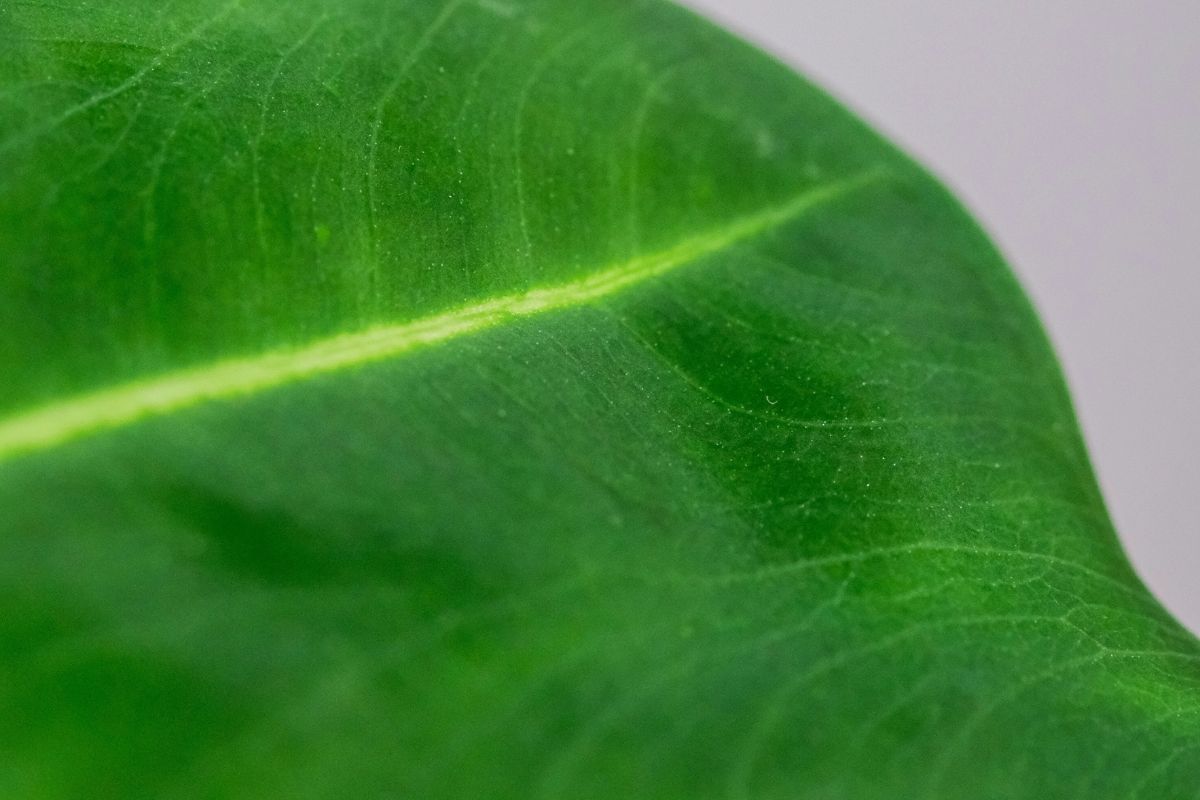Elephant Ear Plant Benefits
The Elephant Ear plant, known for its large, heart-shaped, or arrow-shaped leaves resembling elephant ears, is a stunning tropical plant native to Asia and the Pacific Islands. This eye-catching plant is perfect for adding a dramatic touch to both indoor and outdoor spaces. With its bold foliage and air-purifying qualities, it’s a great choice for enhancing any home.
Benefits of the Elephant Ear Plant

1. Aesthetic Appeal
The Elephant Ear plant is recognized for its massive, glossy leaves that can grow up to 3 feet long. These lush green leaves create a tropical vibe indoors, making it an ideal focal point in any room. It complements various decor styles and adds a bold, exotic look.
Design Tip:
Place the Elephant Ear in a well-lit corner or near a large window for maximum impact.
2. Air Purification
Elephant Ear plants help improve indoor air quality. Their large leaves filter toxins like formaldehyde and benzene while absorbing carbon dioxide and releasing oxygen. This contributes to a fresher and healthier environment.
How it works:
The plant’s large leaves provide a substantial surface area for photosynthesis, which purifies the air.
3. Mental Health Benefits
Studies show that being surrounded by plants can reduce stress and boost mood. The bold greenery of the Elephant Ear plant helps create a calming atmosphere, reducing anxiety and promoting a sense of well-being.
Why it helps:
The plant’s lush foliage creates a soothing environment, encouraging relaxation and mindfulness.
4. Humidity Regulation
Elephant Ear plants thrive in humid environments and can help regulate the moisture in the air through transpiration. This is especially helpful in dry indoor conditions, such as during winter or in air-conditioned spaces.
Benefits of increased humidity:
It can prevent dry skin, alleviate respiratory discomfort, and improve overall comfort.

How to Care for Your Elephant Ear Plant
1. Light Requirements
Elephant Ear plants thrive in bright, indirect light. Although they can handle a bit of direct sunlight, excessive exposure can burn their leaves. In low light, the plant may become leggy.
Care Tip:
Place the plant in a spot where it receives filtered sunlight and avoid direct exposure.
2. Watering
This plant likes consistently moist soil but doesn’t tolerate overwatering. Make sure the plant has good drainage to prevent root rot.
Watering Tip:
Water the plant when the top inch of soil feels dry and ensure the pot has drainage holes.
3. Temperature and Humidity
Elephant Ear plants prefer warm temperatures between 65°F and 75°F (18°C to 24°C) and high humidity.
Care Tip:
Place the plant away from drafts and use a humidifier if the air is too dry.
4. Soil and Fertilization
Use a well-draining potting mix that retains moisture. Feed the plant every 4-6 weeks during the growing season to encourage healthy growth.
Common Problems and Solutions
- Yellowing Leaves: This is often due to overwatering, inadequate drainage, or insufficient light.
- Brown Tips: This is typically caused by low humidity or inconsistent watering.
- Pests: Aphids and spider mites may infest the plant; use neem oil or insecticidal soap to treat them.
Conclusion
The Elephant Ear plant brings a striking, tropical touch to any indoor environment. With its large, glossy leaves, air-purifying qualities, and humidity-regulating benefits, it is a fantastic choice for enhancing your home. With the right care, your Elephant Ear plant can thrive and become a striking centerpiece.

